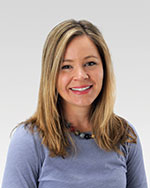Hands-on, Practical Guidance for Educators
From math,
literacy, equity, multilingual learners, and SEL, to assessment, school counseling,
and education leadership, our books are research-based and authored by experts
on topics most relevant to what educators are facing today.

Bestseller!
Visible Learning for Social Studies, Grades K-12
Designing Student Learning for Conceptual Understanding
Visible Learning encapsulates a scaffolded approach in which students move from surface-level learning to deep learning, concluding with the transfer of concepts, skills, and strategies.
Product Details
- Grade Level: K-12
- ISBN: 9781544380827
- Published By: Corwin
- Series: Corwin Teaching Essentials
- Year: 2020
- Page Count: 192
- Publication date: April 24, 2020
Review Copies
Review copies may be requested by individuals planning to purchase 10 or more copies for a team or considering a book for adoption in a higher ed course. Request review copy





